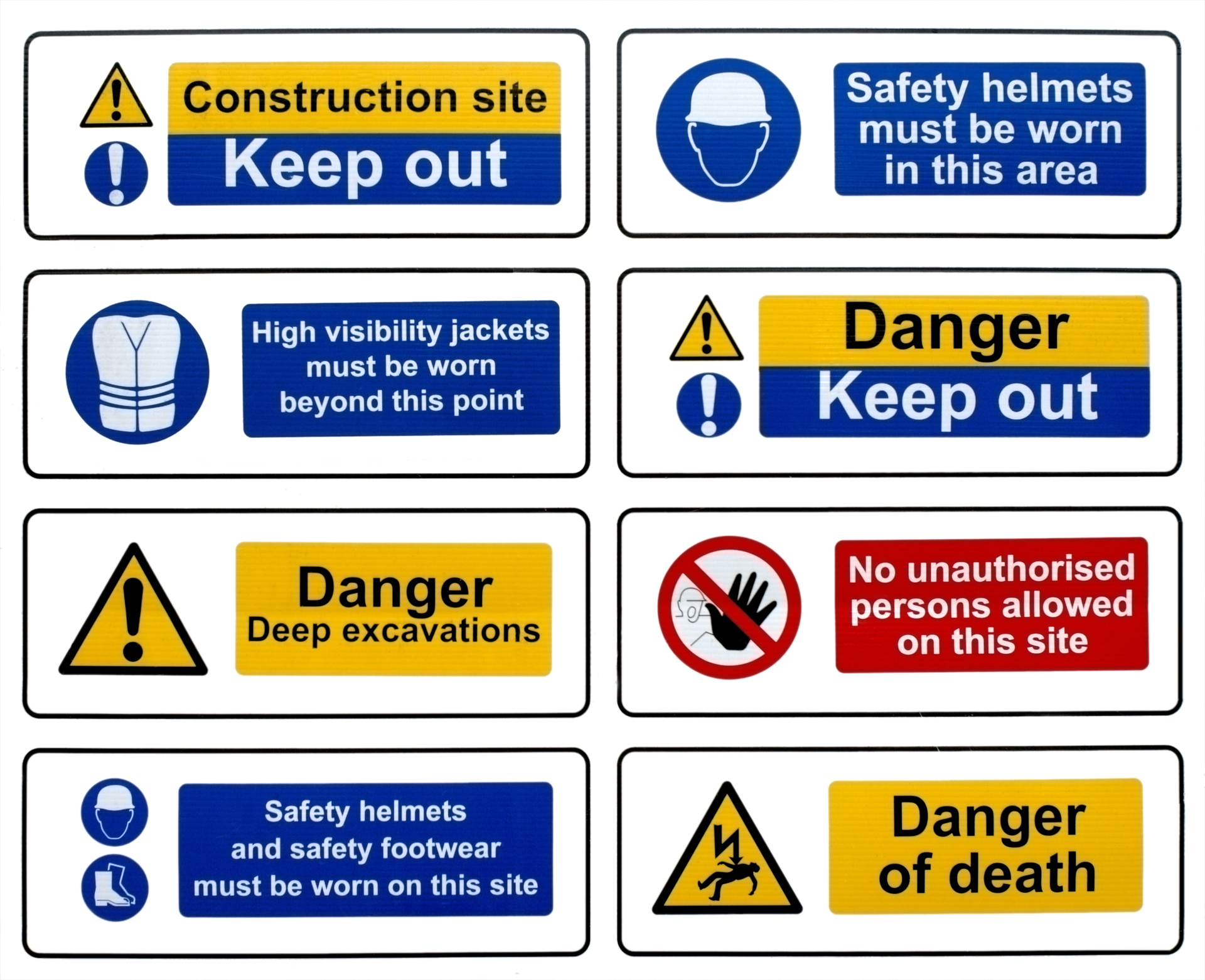The electrical estimating apprenticeship Day 3 started with a review of take-off components which we call B.A.D.A.S.S.
Be a B.A.D.A.S.S.
Years ago, we developed this acronym for our new estimators to remember all the components of bidding documents.
B – Invitation to Bid and Bid Forms
A – Allowances and Alternates
D – Drawings
A – Addenda
S – Scope of Work
S – Specs
B stands for Invitation to Bid and Bid Forms
Just because you receive an Invitation to Bid doesn’t mean that you should bid the project. We discussed having the time, tools, and resources to be able to complete the job per the requirements. Needless to say, if you are deficient in any area, you may have to reconsider bidding that project.
The Invitation to Bid is your first introduction to the project. It will include project name, location, and bid date, as well as what trades will be required on the project. It will also include information on pre-bid meetings and walk-throughs. Pay attention if attending the walk through is mandatory in order to submit a bid! Also, look around and see who is there. It will give you a good idea of which competitors are considering bidding the project.
Minority participation may be also be required. If you are bidding as a prime, you will have to be sure to satisfy the minority requirements. If you are a minority contractor, pay attention to the bid forms and what your advantage will be. Often you will receive a 10% consideration for the work.
The Invitation to Bid will also include information about whether bonding will be required. We discussed bid, payment and performance bonds. Simply, a bid bond ensures that “you will complete the job for the quoted price.” A payment bond ensures “a contractor will pay your subs and suppliers.” A performance bond ensures “a contractor will complete the job as stated.”
Jobs can either be public or private. Public jobs are bid strictly by “plans and specs” and no exceptions are made. Private jobs, on the other hand, have a lot more latitude.
A stands for Allowances and Alternates
Always review the bid documents, including the bid form and front end specifications for allowances and alternates. Allowances could be required for just about anything. Sometimes it will be a fixed dollar amount to be “used at the discretion of the GC” sort of like a pre-paid change order. Other times, the specs will state to carry a dollar amount for a system that is not designed.
Look at the alternates before you start your take-off so that you can identity the areas of the alternates before you start your take-off. Believe me; this is a time saver!
D is for Drawings
If I have said it before, I will say it again. Always ask for a full set of drawings because you will be responsible for anything electrical regardless of what drawing it is on. Look at the drawing index and make sure you have all the drawings. Review the RCP’s for ceiling type and height and the architecturals for wall construction.
If you follow a systematic approach to your electrical estimating process, you will undoubtedly identify the true cost of the project, which is the estimator’s role.
Day 4 follows with more BADASS tips! Stay tuned!





